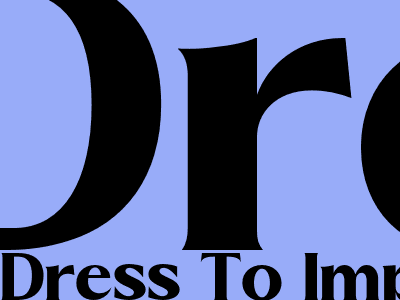Dress To Impress Codes: A Guide to Dressing Professionally
Introduction
First impressions matter, especially in a professional setting. The way you dress can communicate a lot about your personality, work ethic, and attention to detail. Dressing appropriately can help you make a positive impression and build credibility with colleagues, clients, and customers. This guide will provide you with the essential dress to impress codes to help you dress professionally and confidently in any situation.
Formal Dress Codes
Formal dress codes are the most stringent and are typically required for special occasions, such as black-tie events, business meetings, presentations and conferences, or job interviews.
For men, a formal dress code typically includes a dark suit, white dress shirt, conservative tie, polished dress shoes, and a tailored jacket. Accessories should be minimal and understated.
For women, a formal dress code typically includes a dark suit or dress, blouse, heels, and a tailored jacket or blazer. Accessories should be elegant and sophisticated.
Business Professional Dress Codes
Business professional dress codes encompass business attire that is appropriate for most office environments. This type of dressing leaves room for a bit more creativity and personal style.
For men, a business professional dress code typically includes a suit or dress pants, a button-down shirt, a tie, and dress shoes. Blazers, vests, and pocket squares can also be incorporated to add a personal touch.
For women, a business professional dress code typically includes a suit, dress, skirt, or pants, a blouse or top, and dress shoes or heels. Accessories such as scarves, jewelry, and watches complete the look.
Business Casual Dress Codes
Business casual dress codes are more relaxed than formal or business professional and offers more flexibility in terms of attire. Clothing should still be neat, clean, and professional, although the range of acceptable attire broadens.
For men, business casual attire may include khakis, dress pants, or jeans, button-down shirts, polo shirts, sweaters, and loafers or dress shoes. Blazers or sport coats can also be added for a more polished look.
For women, business casual attire may include skirts, dresses, pants, blouses, tops, sweaters, and flats or heels. Jackets, cardigans, or blazers can also be incorporated to provide a more polished look.
Smart Casual Dress Codes
Smart casual dress codes, often known as "dressy casual", occupy the middle ground between business casual and semi-formal attire. This approach is appropriate for situations such as networking events, meet-and-greets, and social gatherings with a business context.
For both men and women, smart casual attire typically includes a mix of dressy and casual pieces. For example, you could pair a blazer with jeans, or a dress with flats. The goal is to create a polished and put-together look without being overly formal.
Tips for Dressing Professionally
- Consider the company culture and dress code before choosing your outfit.
- Choose clothes that fit well and are comfortable to wear.
- Pay attention to details, such as clean shoes, polished accessories, and a neat hairstyle.
- Accessorize appropriately with minimal jewelry, watches, and belts.
- Be confident and carry yourself with poise.
Conclusion
Dressing professionally is an important part of making a positive impression in a business setting. By following these dress to impress codes, you can ensure that you are dressed appropriately and confidently for any occasion. Remember, the way you dress reflects your professionalism and attention to detail. Invest in a few quality pieces that fit you well, and you'll always be prepared to dress to impress.

Comments